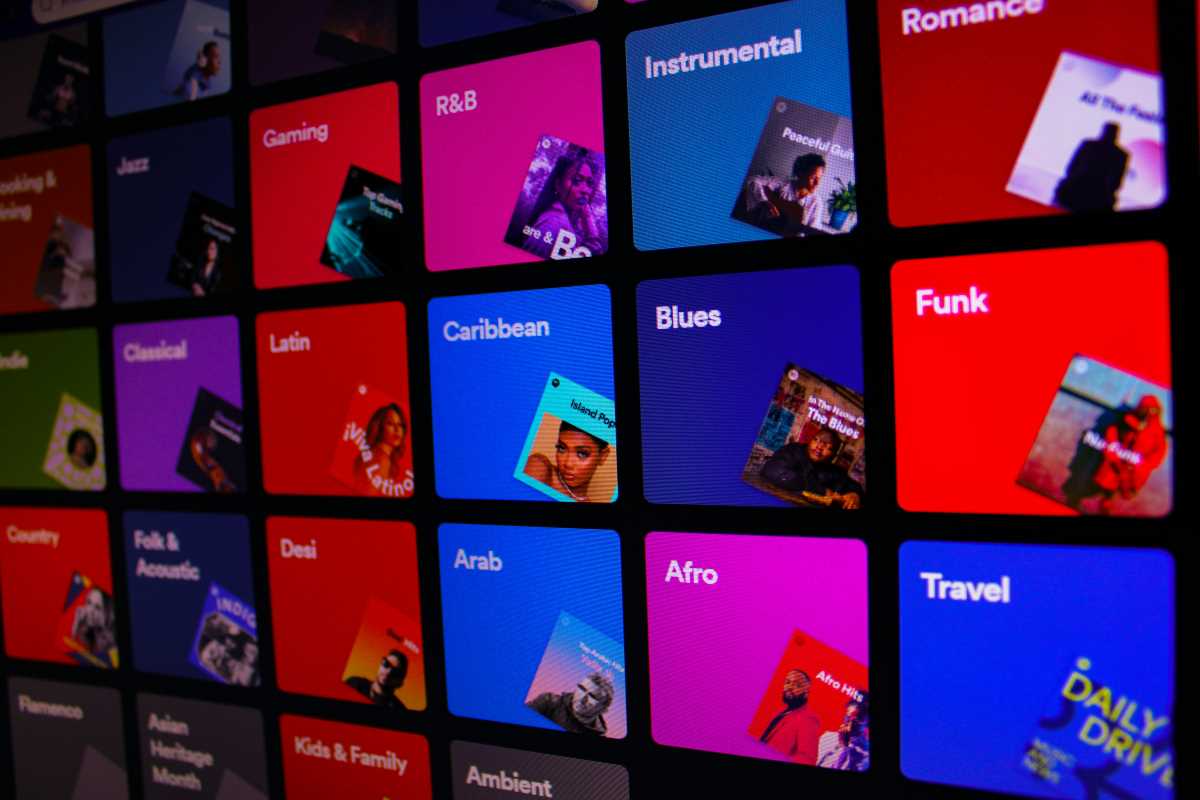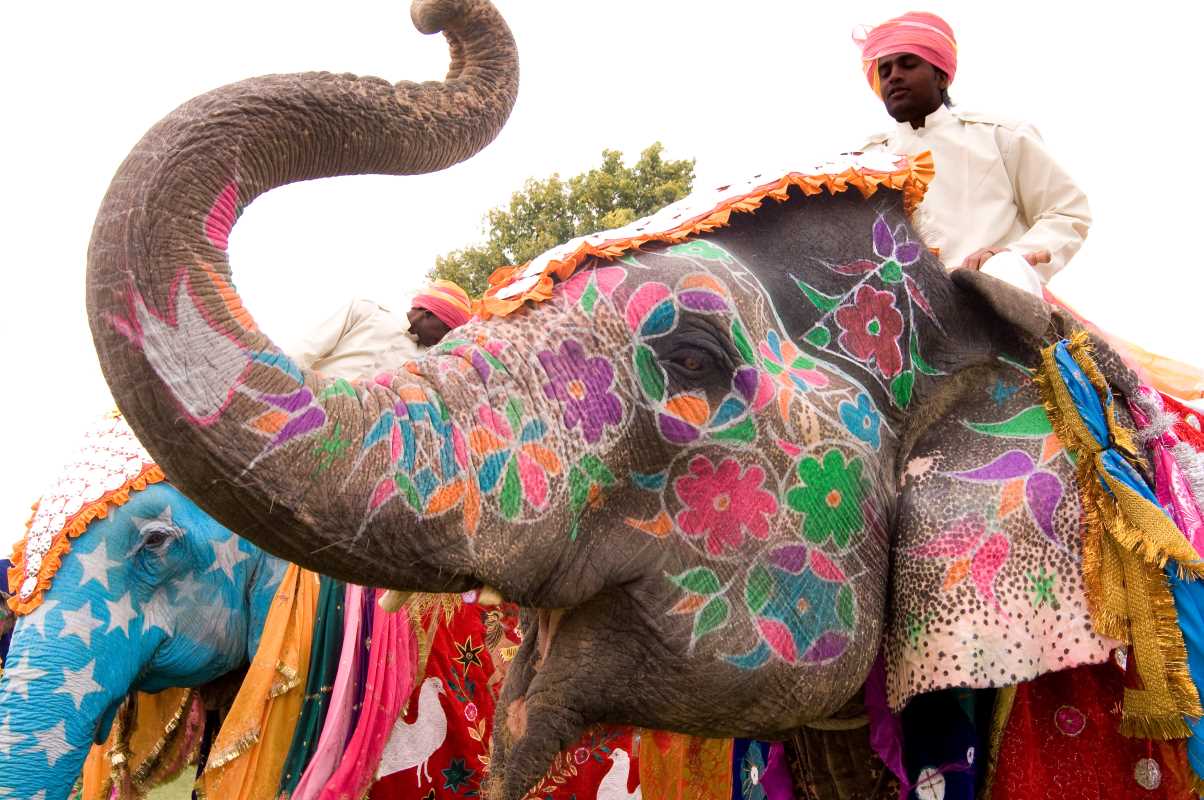The music landscape has grown increasingly diverse, propelled by the fusion of genres that transcend borders, cultures, and traditional structures. Artists and producers today draw inspiration from a variety of styles, creating music that defies categorization. Among these, genres like reggaeton, K-pop, trap, and EDM-pop stand out for their widespread reach and cultural impact. These hybrid styles resonate with global audiences, fueled by technology, social media, and cross-cultural collaboration. Below, we explore the rise of these fusion genres, their defining characteristics, and the artists who have been at the forefront of this movement.
Reggaeton: Latin Rhythms and Global Flavors
Originating in Puerto Rico in the 1990s, reggaeton has steadily evolved from a niche musical style into an international phenomenon. Rooted in Spanish dancehall and hip-hop, the genre is characterized by its signature dembow rhythm—a syncopated beat that creates irresistible grooves. Over the years, reggaeton has embraced influences from pop, electronic music, and even trap, giving rise to a modern sound that appeals to a wider audience.
Artists like Bad Bunny, J Balvin, and Karol G have been instrumental in bringing reggaeton to a global stage. Bad Bunny, in particular, has blended Latin beats with trap and alternative influences to craft tracks like “Yo Perreo Sola” and “Dakiti,” which are as innovative as they are chart-topping. Meanwhile, J Balvin’s collaborations with artists like Beyoncé (“Mi Gente”) and the Black Eyed Peas (“RITMO”) showcase reggaeton’s adaptability and cross-genre appeal.
Reggaeton’s rise has been magnified by streaming platforms and social media.
- Spotify’s “Baila Reggaeton” playlist, for example, has become a go-to destination for fans worldwide, while TikTok has turned songs like “Tusa” into viral hits.
- The genre’s strength lies in its ability to infuse Latin culture into the global music scene, bridging linguistic and cultural divides in the process.
K-Pop: The Ultimate Genre Melting Pot
K-pop, short for Korean pop, is arguably one of the most versatile fusion genres in today’s music world. While it originated in South Korea, its appeal extends worldwide, blending an array of styles including pop, hip-hop, R&B, and electronic music. At its core, K-pop is more than just music—it’s a cultural phenomenon that combines captivating visuals, elaborate choreography, and storytelling with genre-blurring soundscapes.
- Groups such as BTS and BLACKPINK are leading this global wave. BTS masterfully combines rap with pop melodies in tracks like “Mic Drop,” which also features remix contributions from DJ Steve Aoki, adding electronic influences to the song.
- Their hit “Butter” leans heavily into disco and funk elements, showcasing their ability to adopt and popularize Western influences while still retaining their unique identity.
- Similarly, BLACKPINK’s “Kill This Love” merges trap beats, EDM drops, and dramatic orchestral elements, making it a quintessential example of K-pop fusion music.
Technology and global collaboration are central to K-pop’s ascendance. Streaming platforms like YouTube have allowed fans to easily access music videos, while social media enables groups to maintain direct relationships with their fanbases, known as “armies” and “Blinks.” The genre’s reliance on high-quality production and a mix of English and Korean lyrics further boosts its universality. K-pop isn’t just dominating charts; it’s setting trends across music, fashion, and culture.
Trap’s Evolution into a Global Sound
Trap music, which traces its origins to Atlanta’s hip-hop scene in the early 2000s, has undergone a dramatic evolution to become one of the most influential genres in modern music. Known initially for its heavy use of 808 drum machines, hi-hats, and dark, gritty beats, trap has since merged with other musical styles to create a global sound that transcends its southern roots.
Artists like Travis Scott, Rosalía, and Ozuna are key figures in this fusion-driven growth. Travis Scott’s monumental album Astroworld infused trap with psychedelic and rock elements, creating hits like “SICKO MODE” that blew apart genre boundaries. On the global stage, Spanish artist Rosalía combines flamenco with trap influences, as heard in her track “Malamente.” Meanwhile, artists in Latin America have invented “Latin trap,” a blend of trap beats with Spanish lyrics and reggaeton flavors. Bad Bunny’s early work in this subgenre, such as “Soy Peor,” has been pivotal in pushing it into the mainstream.
Today, the reach of trap can be felt in pop music and even K-pop. BTS’s “UGH!” incorporates trap beats as a foundation for its fiery rap verses, demonstrating just how versatile and far-reaching the genre can be. Social media, again, plays a crucial role in its growth, with platforms like TikTok regularly catapulting trap-infused songs into viral fame. Trap, in its many forms, has emerged as a sonic blueprint for modern music.
EDM-Pop: Perfecting the Mainstream Dance Formula
Electronic Dance Music (EDM) and pop have long flirted with one another, but their marriage in the 2010s gave rise to EDM-pop, a genre that blends anthemic melodies of pop with the high-energy production of electronic music. This hybrid has dominated radio waves, music festivals, and playlists, creating hits that resonate across demographics.
The Chainsmokers are emblematic of this genre, merging upbeat electronic drops with radio-friendly lyrics in tracks like “Closer” and “Something Just Like This,” the latter of which features Coldplay. Similarly, Zedd’s collaborations with artists like Alessia Cara (“Stay”) and Selena Gomez (“I Want You to Know”) have cemented his profile as a leading figure in EDM-pop. These songs feature catchy hooks while maintaining the pulsating energy that makes them dancefloor staples.
- One of the defining characteristics of EDM-pop is its ability to incorporate diverse influences.
- DJ Snake’s “Taki Taki,” featuring Selena Gomez, Cardi B, and Ozuna, mixes Latin rhythms with electrifying drops, bridging the gap between reggaeton and EDM.
- Kygo’s tropical house style, showcased in tracks like “Firestone” and his remix of Whitney Houston’s “Higher Love,” brings a soft, atmospheric quality to EDM-pop that appeals to broad audiences.
Streaming has been instrumental in promoting EDM-pop. Songs often appear on curated Spotify playlists designed for workouts, parties, or festivals, ensuring their reach remains significant. Furthermore, electronic music’s connection to festivals like Tomorrowland or Ultra Music Festival amplifies its visibility, drawing attention to these fusion tracks on a global stage.
The Role of Technology and Collaboration in Fusion Genres
Technology has been a game-changer in the development of fusion genres. Artists now have access to digital audio workstations (DAWs), which allow seamless blending of different styles. Auto-tune, sampling, and digital synthesizers empower producers to experiment endlessly, creating vibrant new sounds that transcend traditional genre boundaries.
Social media platforms like Instagram, TikTok, and Twitter have also amplified the reach of fusion genres. Viral challenges, remixes, and hashtags enable songs to gain traction quickly, connecting artists with audiences worldwide. TikTok, in particular, has turned tracks like Doja Cat’s “Say So” and Rosalía’s “Con Altura” into cultural phenomena, thanks to their multi-genre appeal.
Global collaboration is another driving force. Artists increasingly partner across cultures and languages. For example, DJ Snake’s “Loco Contigo,” which includes J Balvin and Tyga, spans three distinct cultural influences—EDM, reggaeton, and hip-hop. Such collaborations promote cross-pollination, leading to refreshing sounds that captivate diverse audiences.
Fusion genres like reggaeton, K-pop, trap, and EDM-pop are reshaping the music world, not just by blending styles but also by connecting cultures and audiences. These hybrids demonstrate that music is more dynamic than ever, breaking traditional molds and thriving on the diversity of global influences. From reggaeton’s infectious beats to K-pop’s polished versatility, trap’s innovative evolution, and EDM-pop’s electronic anthems, fusion genres define modern music as experimental, inclusive, and boundary-pushing. Their rise is a testament to the unifying power of music in an increasingly connected world.







